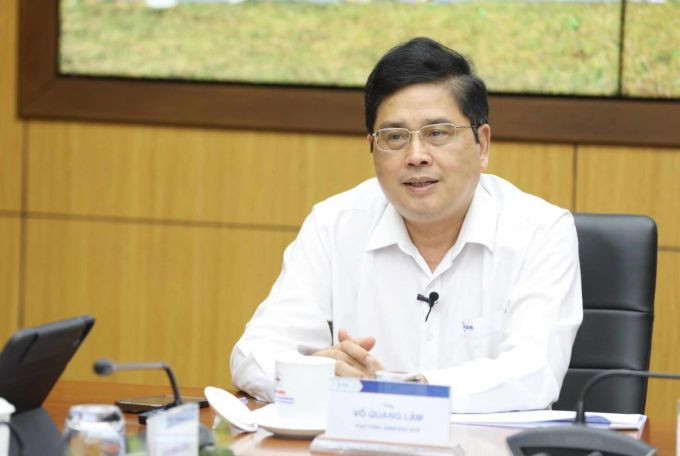
Earlier this year, the Ministry of Industry and Trade asked Vietnam Electricity (EVN) to develop a two-component electricity price mechanism, including capacity and electricity prices. At the same time, EVN was also assigned to propose a roadmap for customers to apply this electricity sales mechanism.
At the seminar "Peak electricity supply in the dry season" on the afternoon of April 8, Mr. Vo Quang Lam, Deputy General Director of EVN, said that the group is reporting to the Ministry of Industry and Trade to soon pilot the two-component electricity price mechanism this year, before widely deploying it from 2025.
"This is how we create a more transparent, fair and effective playing field for all parties, including power plants, power sources, businesses and people," said the EVN leader, adding that this also helps electricity prices move towards a competitive electricity market in the future.
This pilot, according to Mr. Nguyen Tien Thoa, Chairman of the Vietnam Valuation Association, will help assess the impact and demonstrate the difference between the two options. "Consumers will have the opportunity to evaluate and compare the price difference when using electricity," he said.
Sharing the same view, Mr. Nguyen Minh Duc, Legal Department - Vietnam Federation of Commerce and Industry (VCCI) - said that the two-component electricity price is not a new proposal. In fact, since 2013, the Government has requested the application of this mechanism and assigned the Ministry of Industry and Trade to prepare a roadmap for application for the Prime Minister's approval.
"In the immediate future, if there is any change, it should be applied to customers who do not use electricity for daily life, such as production. Household customers will be in the next phase," Mr. Duc suggested.
However, according to this expert, even a pilot with customers who do not use electricity for daily activities is a big change that can affect millions of customers. "It is necessary to implement a pilot mechanism for new customers in a few places for a period of time, recording their feedback," he added.
Currently, Vietnam applies a single-component electricity price, which is calculated based on the amount of electricity consumed in a month. This price only covers variable costs such as fuel and materials for power plants. The two-component price, in addition to being calculated based on electricity consumption, will also include a price based on capacity. This will cover fixed costs (depreciation, labor, repairs, etc.).
Mr. Nguyen Minh Duc said this mechanism is quite similar to fixed telephone rates. That is, there will be a fixed amount to pay even if there is no call, which is the monthly subscription fee, or the capacity price. The second part, calculated based on the call capacity, similar to electricity, is the amount of electricity consumed, called the electricity price.
"This mechanism is fairer, because it accurately reflects the cost of serving each customer, which is the cost of power lines, transformer stations and electricity," Mr. Duc commented.
This expert gives an example of two electricity customers: a restaurant and a factory. The factory operates 24/7, and its electricity consumption is stable. The restaurant only uses a lot of electricity during lunch and dinner.
If the electricity output of both sides is the same, the maximum capacity of the restaurant is larger, so the power line and transformer station must be prepared with larger capacity, which costs more.
From the above example, Mr. Duc assessed that the first impact of the two-component electricity price mechanism is to reduce cross-subsidy among customers.
At the same time, this mechanism also avoids customers registering for large capacity but not using it. For example, a factory registers for large capacity, requires the electricity company to prepare power lines and transformer stations, but the project is behind schedule and does not consume electricity for many years. "The cost of power lines and transformer stations in these years is wasted and is charged to other customers," said Mr. Duc. If the two-component price mechanism is applied, that factory will still have to pay a monthly subscription fee even if it does not use electricity.
In addition, according to Mr. Duc, price adjustment will be more flexible due to the separation of two components, in which electricity prices fluctuate greatly, while investment costs change more slowly.
Expert Nguyen Tien Thoa said that many countries have applied two-component electricity prices, mainly for production and business customers, and some places have applied it to household electricity. "Like Thailand and China, when people adjust electricity prices, customers hardly complain because the fixed costs remain the same and are transparent," he said.
TB (according to VnExpress)Source



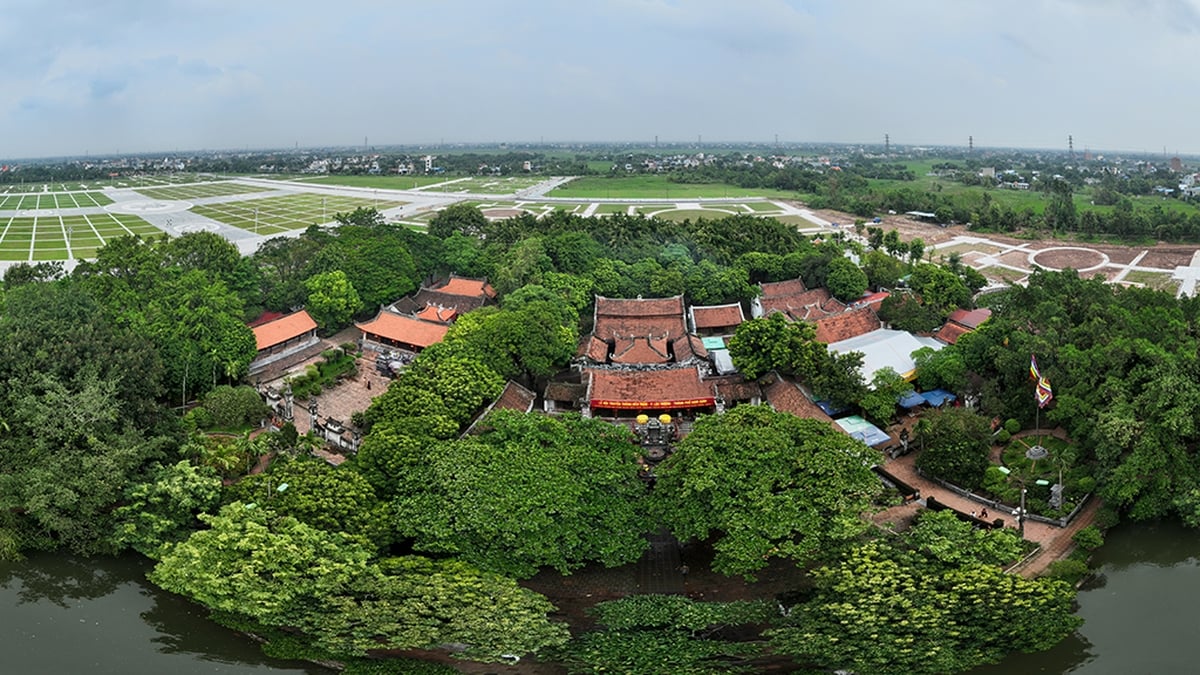

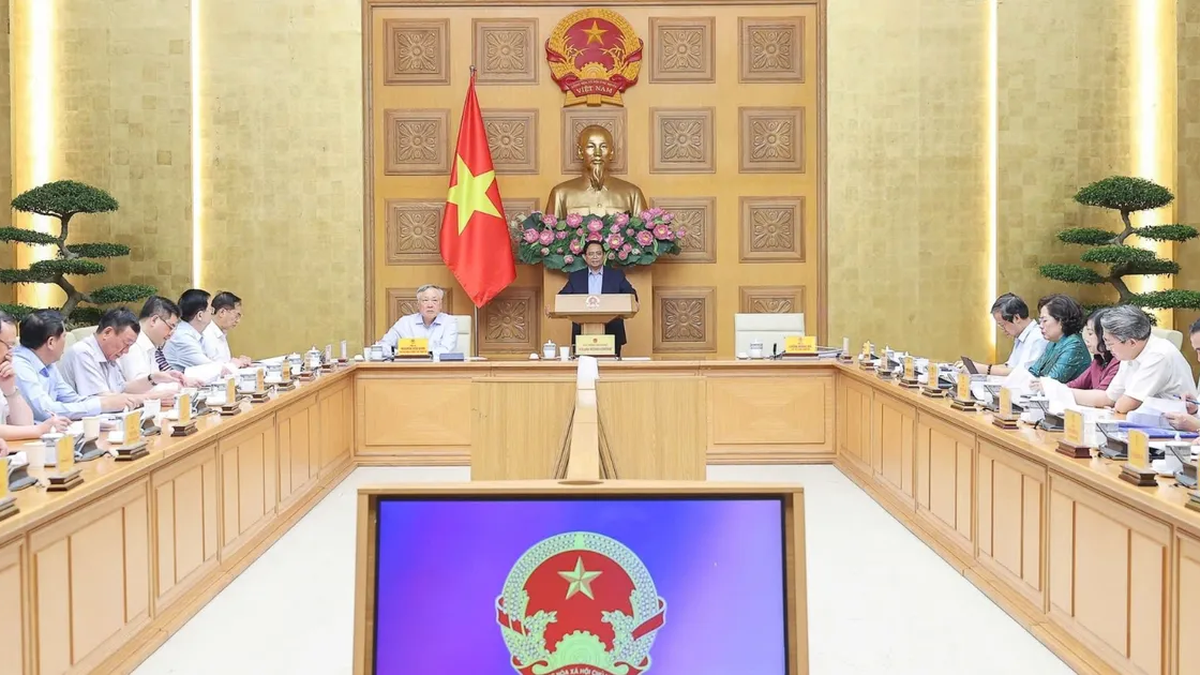
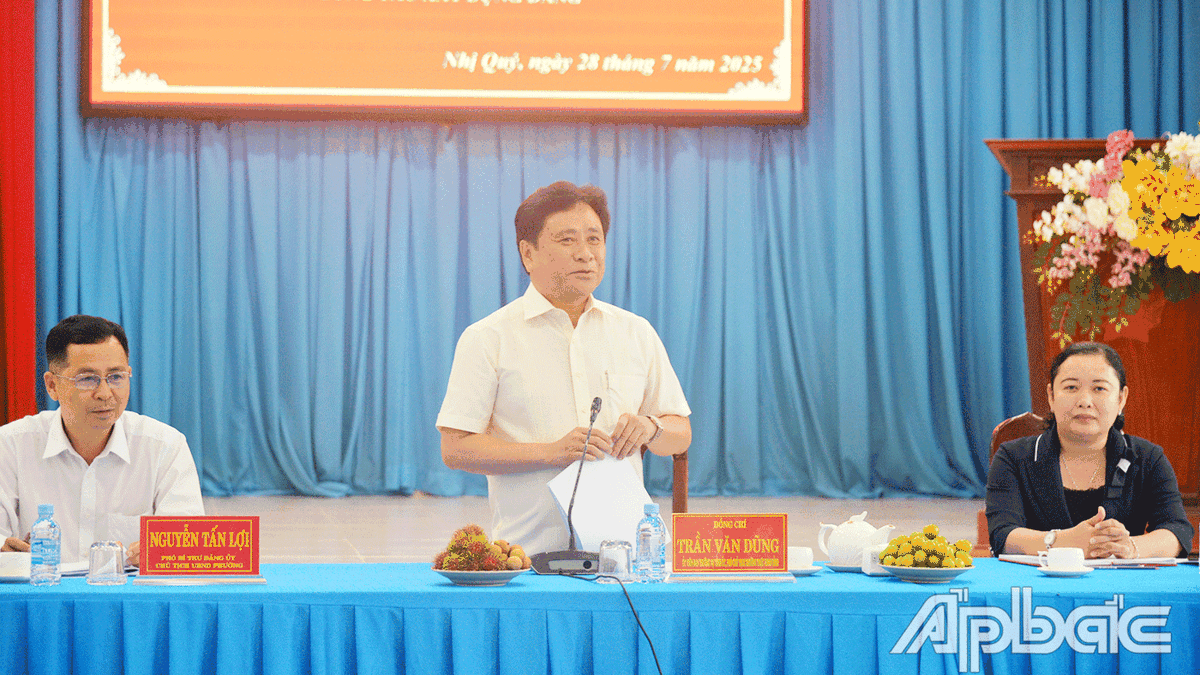




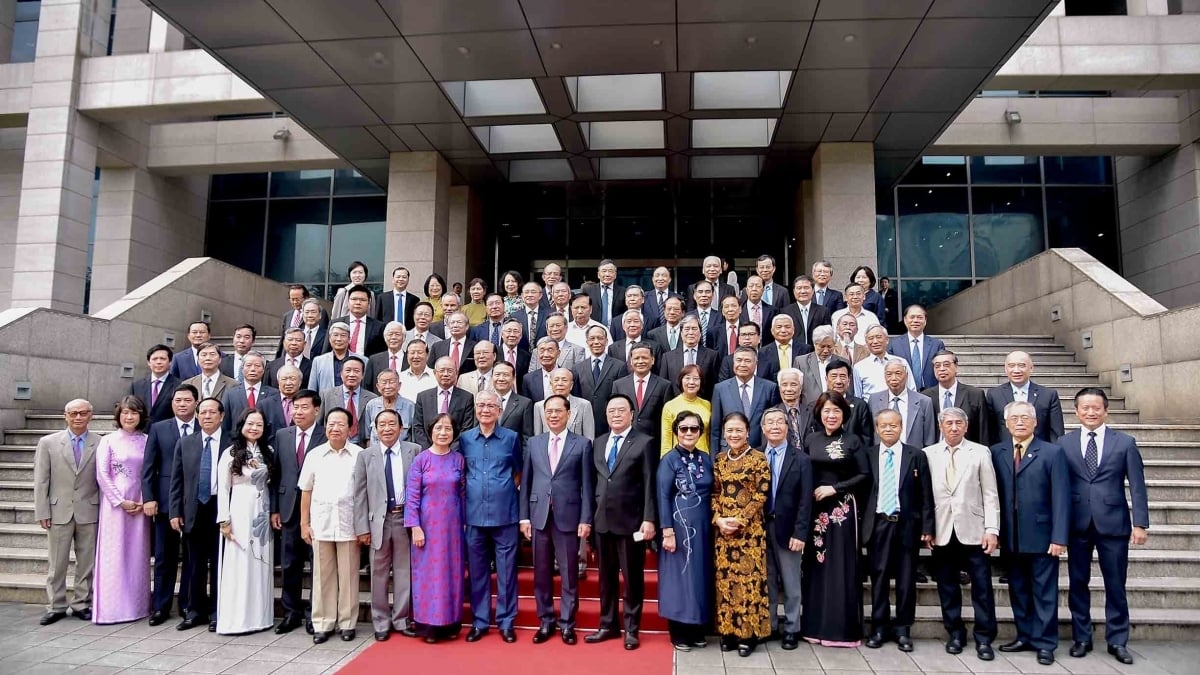















![[Photo] National Assembly Chairman attends the seminar "Building and operating an international financial center and recommendations for Vietnam"](https://vphoto.vietnam.vn/thumb/1200x675/vietnam/resource/IMAGE/2025/7/28/76393436936e457db31ec84433289f72)








































































Comment (0)